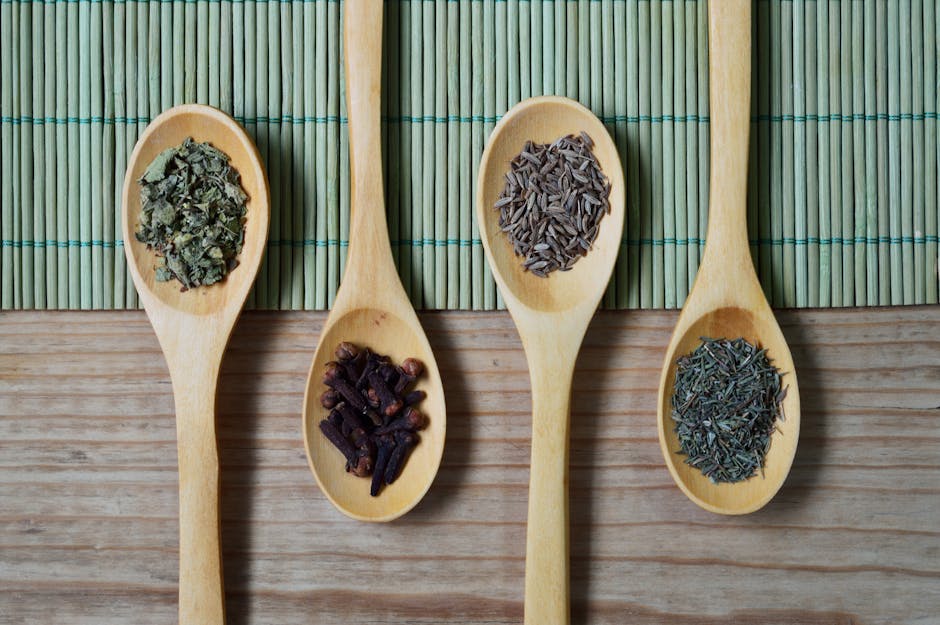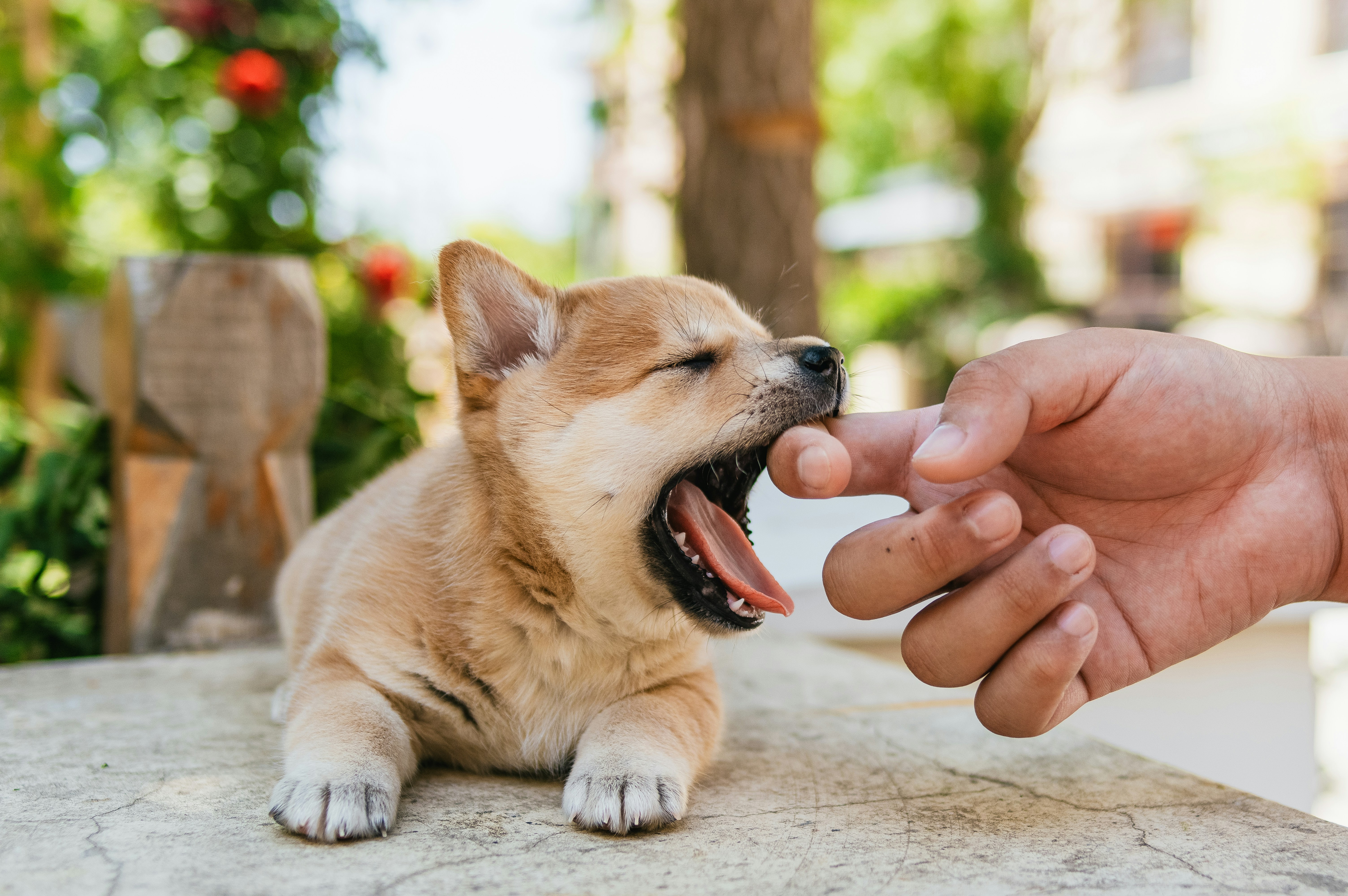Culinary Collaborations: Cooking for Your Pet's Cognitive Enrichment
Imagine standing in the kitchen, chopping fresh vegetables and sizzling aromatic proteins, only this time you have your furry friend by your side, eagerly sniffing the air and wagging their tail in anticipation. Engaging pets in the cooking process isn’t just about sharing a meal; it’s a fascinating pathway to enhancing their cognitive skills while resonating with their emotional well-being. In this article, we delve into the captivating world of culinary collaborations, revealing how the act of cooking with our pets can stimulate their minds and souls, fostering a deeper bond and paving the way for holistic wellness.
The Science Behind Cooking with Your Pet
Cooking can be an immersive experience for both humans and pets. The juxtaposition of enticing scents and sparkling flavors affects not only our taste buds but also the cognitive processes behind how our pets perceive the world. If you've ever seen your dog’s eyes widen at the smell of sizzling bacon or had your cat curiously paw at the chopping board, you know just how powerful those scents can be. Engaging your beloved companion through culinary adventures isn't just enjoyable; it sets the stage for cognitive enrichment.
According to research from the journal Veterinary Sciences, studies suggest that sensory experiences, particularly related to smell and taste, are key in enhancing a pet’s cognitive functions. The complex range of scents encountered during cooking not only captivates their attention but can also stimulate neural pathways associated with memory and problem-solving.
Furthermore, engaging in these culinary collaborations has emotional benefits, helping to reduce anxiety and foster bonding. Cooking with your pet can take on various forms—whether it’s letting them sniff ingredients, choosing safe items, or even having them keep you company while you prepare a homemade feast.
Scent and Taste: An Enriching Experience
When we cook, we often think about taste, but for our pets, the emphasis is on scent. Different ingredients evoke various responses because of their unique aroma profiles. For example, certain herbs like rosemary act as natural stimulants, while fishy scents catch the attention of most dogs and cats alike. Considering this, it’s easy to integrate enriching activities into your culinary routine.
Pet-Safe Ingredients to Explore
Engaging your pet in the cooking experience begins with understanding which ingredients are safe and beneficial for them.
- Sweet Potatoes: These are not only delicious but also loaded with vitamins and fiber, making them an excellent choice for a pet meal twist.
- Pumpkin: Packed with nutrients and excellent for digestive health, you can cook with pumpkin puree to create tasty treats your pet will love.
- Green Beans: These tender sprouts can be a crunchy addition to homemade meals and are rich in vitamins.
- Chicken or Fish: Lean proteins can serve as a delightful main course. Always ensure they're cooked without harmful seasonings and bones.
These ingredients can be the basis of cooking classes for your pets. Simply let your furball hang around as you prepare meals, letting them experience the enticing smells without falling prey to any toxic herbs or spices.
Involving Your Pet in the Cooking Process
Engaging your pet in cooking doesn’t merely mean leaving them in the kitchen; it’s about creating a thoughtful experience. Here’s how you can safely involve and enrich your pet’s mental stimulation:
1. Smell Exploration
Let your pets sniff various ingredients before using them. This engages their olfactory senses and allows them to participate in meal prep. You’d be surprised how many dogs can differentiate between jarred vegetables and raw meat just off the scent alone!
2. Ingredient Selection

You can create a game with your pets—lay out various safe ingredients and see which they gravitate toward. This exercise stimulates their instincts and ensures they’re part of the decision-making process.
3. Taste Testing
After preparing simple yet nutritious recipes, allow your pets a small taste. This not only builds anticipation for mealtime but also showcases the culmination of your joint effort.
4. Structured Cooking Support
If your pet enjoys following your lead, try teaching them simple commands during your cooking process. For example, having them sit or stay while you prepare food can reinforce training in a fun, real-world context.
5. Creative Pet Treats
Investing time in crafting homemade pet treats could be a delightful project that serves both fun and practicality. From peanut butter biscuits to carrot pupcakes, you can explore different textures and flavors that can be both healthy and engaging for your pet.
For more on understanding and enhancing your pet's emotional states through taste and texture, be sure to check out our in-depth post on Decoding Your Pet's Emotional States.
Recipes to Enrich Mind and Body
Let’s explore some delicious recipes you can prepare at home, designed to engage your pet's senses and enhance their cognitive skills.
Recipe 1: Sweet Potato Pupcakes
Ingredients: - 1 cup mashed sweet potato - 1 egg - 1 cup whole wheat flour (or gluten-free alternative) - 1/2 teaspoon baking powder - Optional: A dash of cinnamon for aroma.
Instructions: 1. Preheat your oven to 350°F (175°C). 2. In a mixing bowl, combine mashed sweet potato and egg until smooth. 3. Stir in the flour and baking powder, mixing until well combined. 4. Pour the mixture into silicone molds or a greased muffin tin. 5. Bake for 20-25 minutes until golden. 6. Allow to cool before giving your pet a taste!
This simple recipe not only engages your pet but also ensures they consume wholesome ingredients while enjoying the aroma of freshly baked treats.
Recipe 2: Chicken Delight
Ingredients: - 2 chicken breasts, cooked and shredded - 1 cup green beans (cooked and chopped) - 1/2 cup carrots (steamed and chopped) - 1 tablespoon olive oil.
Instructions: 1. In a bowl, mix shredded chicken with chopped green beans and carrots. 2. Drizzle with olive oil to add flavor and moisture. 3. Serve a small portion to your pet while keeping the rest for meals throughout the week.
This recipe combines protein with vibrant vegetables that will not only taste terrific but engage your dog’s sense of smell, visual eyes on the vibrant mix, and can be supplemented with slow-feeding techniques if desired.
Building Emotional Connections
The bonding experience between you and your pet often flourishes when you share the joy of cooking and the rewards of good nutrition. Cooking provides the perfect backdrop for emotional connections to grow.
Mindful Interaction
Mindful cooking can serve as a form of meditation and a chance to cultivate emotional intelligence in pets. As you chop, simmer, and stir, familiarize your pet with your presence. Engage in a gentle dialogue, repeating their name or employing relaxation sounds to create an inviting airflow during culinary sessions. This synchronized environment bolsters emotional well-being for both you and your pet.
For those interested in mindfulness as a practice for enhancing bonds, explore our guide to Mindful Interaction with Your Pets for Harmony.
Safeguarding the Culinary Experience
While cooking offers an exhilarating avenue for engagement, safety remains paramount. Here are practical safety tips to ensure your kitchen escapades are both enjoyable and secure for your pet:
- No Harmful Ingredients: Educate yourself on toxic food items—onions and chocolate are major offenders for dogs and cats.
- Supervision is Key: Maintain constant oversight while cooking to prevent any adventurous mishaps or interaction with unsafe kitchen tools.
- Avoid Sedentary Moments: Ensure your kitchen remains an active space for your pets, incorporating movement, games, and commands to engage their physical and cognizant abilities.
Final Thoughts
Cooking with your pet serves as an extraordinary method for engaging their cognitive faculties while nourishing their bodies and building emotional bridges. By embracing a culinary co-creation ethos, you can explore the intricacies of taste, smell, and visual stimulus through fun and wholesome recipes.
Ultimately, fostering this bond through shared experiences is what continues to enhance your pet's emotional intelligence. Get creative, explore various ingredients, and turn mealtime preparation into an adventure filled with joy and companionship. It’s not just cooking; it’s a culinary collaboration that benefits both their minds and yours as you cook for not just their palate but their well-being.
Explore more ways to align health and enjoyment with your pets by diving into our comprehensive resources, including discoveries on engaging your pet through scent via scent training and enhancing their well-being through aromatherapy techniques.


